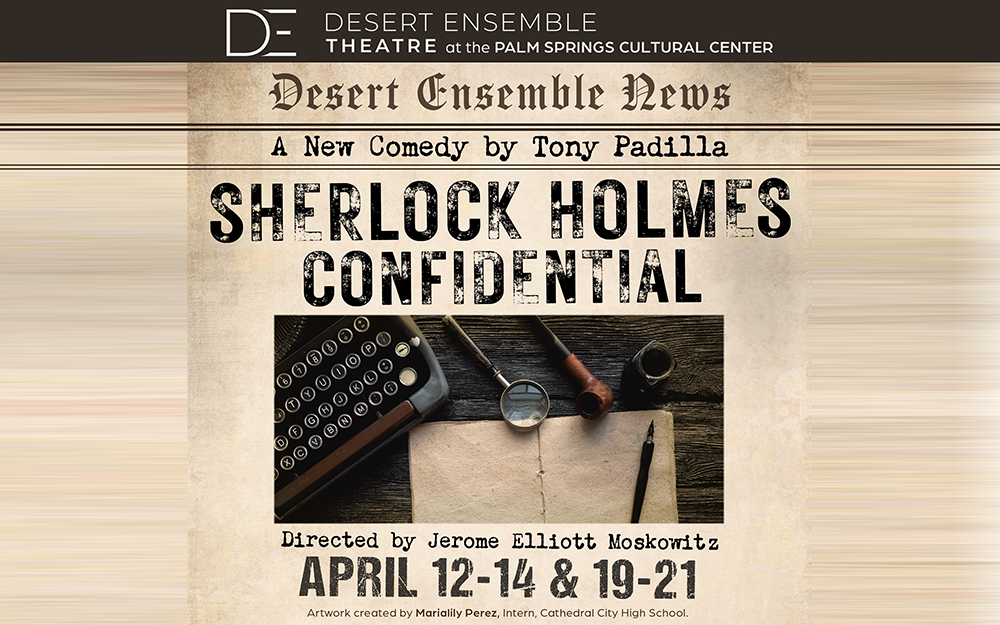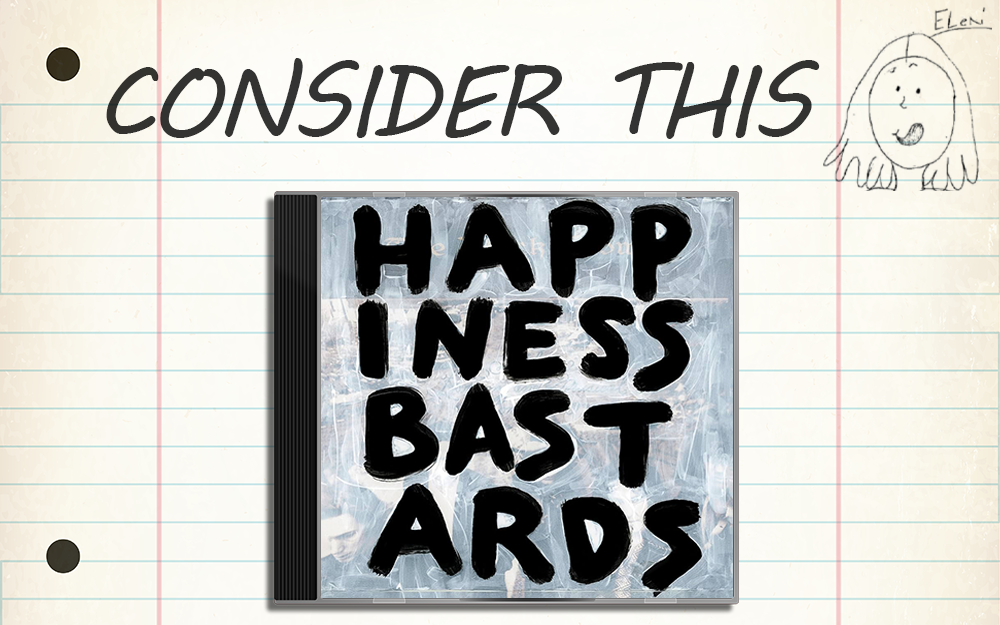
By Heidi Simmons
—–
Salinger
By David Shields and Shane Salerno
Non Fiction
—–
First published in 1951, Catcher in the Rye by J. D. Salinger continues to be a best seller. It is required reading in high schools across this country and many others. Yet, the author has remained an enigma never producing another book of similar quality, impact and stature. In Salinger, by David Shields and Shane Salerno (Simon & Schuster, 720 pages) the authors attempt to uncover the real Salinger and his work.
The biographical narrative is constructed from individual interviews and correspondence. Salinger’s daughter, war buddies, publishers, editors and girl friends make up most of the contributors. Salinger himself is quoted. Authors Shields and Salerno offer their observations and begin most chapters. Solerno is mainly a filmmaker, but adds his own experience as he attempted to film and interview Salinger.
The book is essentially the transcript of the documentary film of the same name. The documentary was released at the same time as the book. When it comes to book versus movie – this is a tie.
The documentary includes most of the information and all the amazing pictures of Salinger from the book. Most of the film’s interviews are the actual people talking about Salinger to the camera. But, as is often the case, the book has more. It has the complete interviews, which give more perspective and more detail. However, more detail does not necessarily make the book better. The book cost $39.95. The DVD is probably much less.
But what makes this book interesting is finally we do get a picture of Salinger. It has been thought that Salinger was a recluse and had retired from writing. It turns out he had friends and frequently went out and about. But he’s also been writing every day of his life up until he died in 2010.
Salinger enlisted in WWII and he took the first chapters of Cater in the Rye with him. He survived D-Day and had an interesting stint in the military even after the war. He married a German woman — thought to be a Nazi sympathizer — and brought her back to the states. The marriage did not last. Salinger clearly suffered from Post Traumatic Stress Disorder but at the time it was not a known or defined condition.
A child of affluence, in and out of private schools as a young man, Salinger may be very much like Holden Caulfield, his character in Cather in the Rye. Salinger was intelligent, cynical and sensitive with distaste for hypocrisy (just like Caulfield). Salinger had a thing for younger women and pursued them by writing letters.
The most fascinating read was about the assassins. Three men said they were influenced by Catcher in the Rye to attempt and kill others. And there are more. Mentioned are: Robert John Bardo, who murdered Rebecca Schaeffer, John Hinckley who attempted to kill Ronald Reagan and Mark David Chapman who killed John Lennon. Amazingly, there is no comment from Salinger on the subject! The book includes some speculation and comments on why these men did what they did. There is no question that Salinger himself and his book clearly played a major part in these murders.
The authors divide the book into four sections: Brahmacharya (Apprenticeship,) Garhasthya (Householder Duties,) Vanaprasthya (Withdrawal From Society) and Sannyasa (Renunciation of the World.) These are the steps to enlightenment in Advaita Vedanta Hinduism. Salinger became a Hindu in the 50s. The authors speculate that his religion, along with his PTSD, destroyed him and his art.
Organizing the book by these steps, the authors make a good point and a compelling argument for Salinger’s odd, reclusive behavior and his failure to continue producing notable work. In fact, they say: “The war killed him the first time; Vedanta the second time.”
I was never a big fan of Catcher in the Rye. But I, like many others, have been intrigued to know more about the enigmatic author Jerome David Salinger. No doubt Shields and Solerno have satisfied the mystery with this intense and well-researched book. It is comprehensive and much of the material stands on its own. Their insightful comments and the clever arrangement of the text make Salinger a very credible biography that sheds light on a sad and disturbed literary figure.









































